Photo Tour — 168 Empty Desks, 168 Million Missing Students: UNICEF’s Traveling ‘Pandemic Classrooms’ Installation Shines a Light on the COVID Education Crisis
By Meghan Gallagher | May 28, 2021
Get essential education news and commentary delivered straight to your inbox. Sign up here for The 74’s daily newsletter.
At the one year anniversary of COVID-19, schools from 29 countries still sat shuttered.
Across the world, millions of students stayed home — with millions of desks sitting empty. In a sobering reminder of how many students’ educations were on hold, UNICEF unveiled the exhibit ‘Pandemic Classroom’ on the grounds of the United Nations headquarters in New York City on March 3 of this year — a model classroom of 168 empty desks, each representing one million children living in countries where schools haven’t opened in a year.
The dire number grows dramatically to 920 million students when adding in students impacted by partial school closures.
UN officials said the installation was an urgent call to government leaders to “prioritize reopening schools and keep children learning.”
“The idea for the installation was born out of this education emergency, linking shocking new data with an impactful visual representation to highlight the need for urgent action,” said Robert Jenkins, UNICEF Global Chief of Education.
Jenkins said placing the chairs at the UN headquarters — where world leaders gather to address global crises — was a “powerful reminder that children’s futures were being put on hold and that the most vulnerable were paying the heaviest price.”
In addition to receiving media attention, the New York City installation was visited by UN Secretary-General António Guterres, the UN Deputy Secretary-General Amina Mohammed, the UK and US Ambassadors to the UN. It was then installed in other parts of the world, such as the Caribbean and Africa. It then went on to Latin America, where schools were kept closed the most days.
Here are the voices, videos and installations UNICEF created to show the gravity of shuttered schools while asking governments to prioritize reopening schools:
New York City
The Pandemic Classroom was first installed at the United Nations in New York City. In the United States schools were partially closed for 192 days between March 2020 and February 2021, according to UNICEF’s Covid-19 and School Closures report.
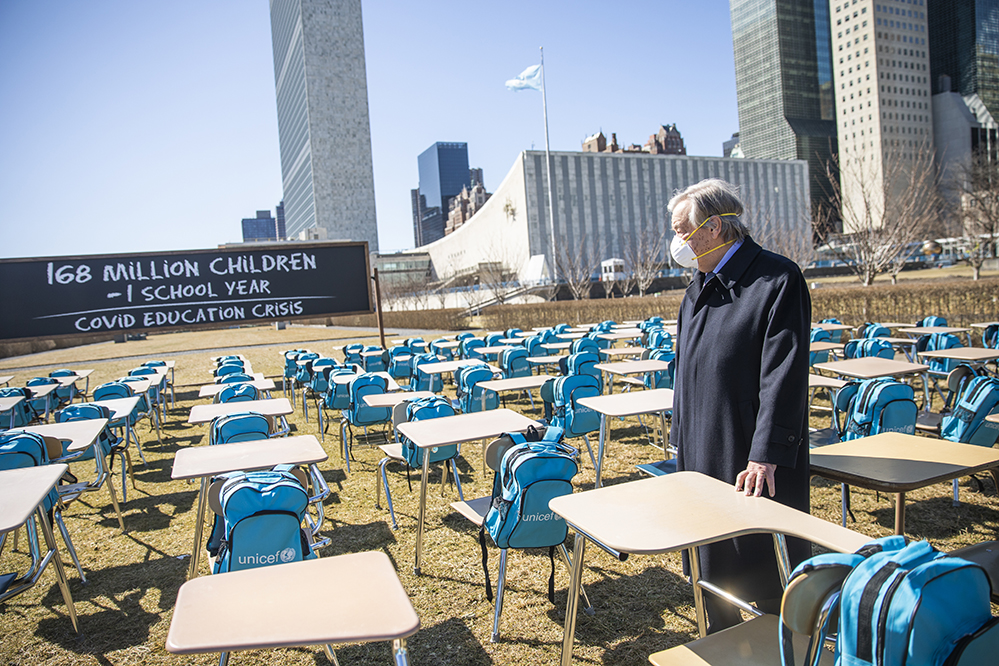
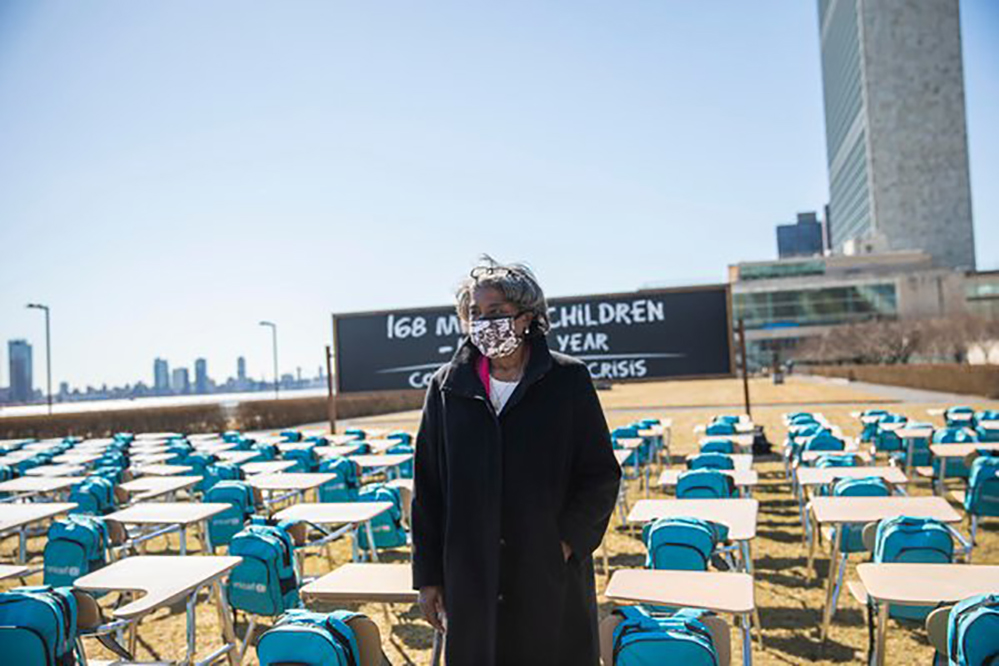
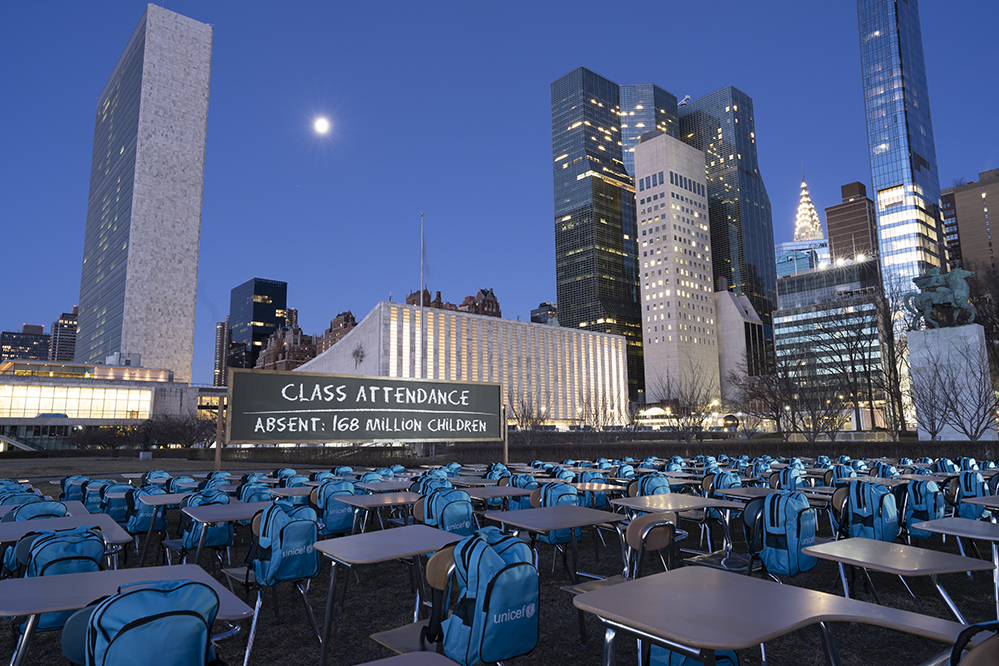
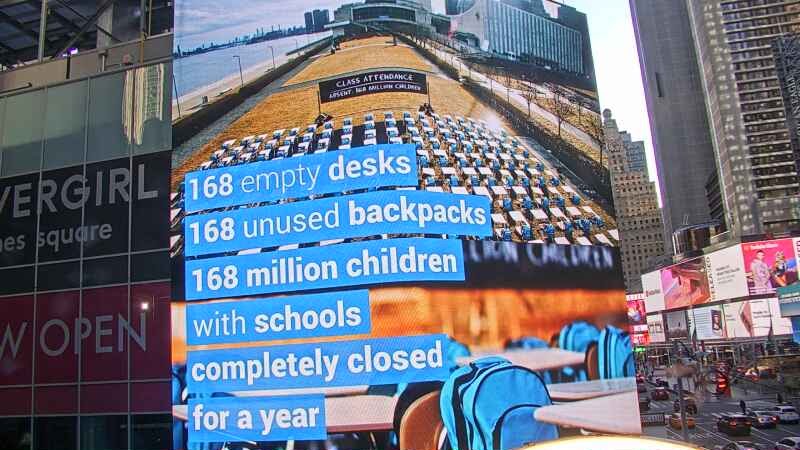
Panama
UNICEF’s report found that 14 countries worldwide remained largely closed throughout 2020. Of those countries, Panama kept schools closed for the most days, followed by El Salvador, Bangladesh, and Bolivia.
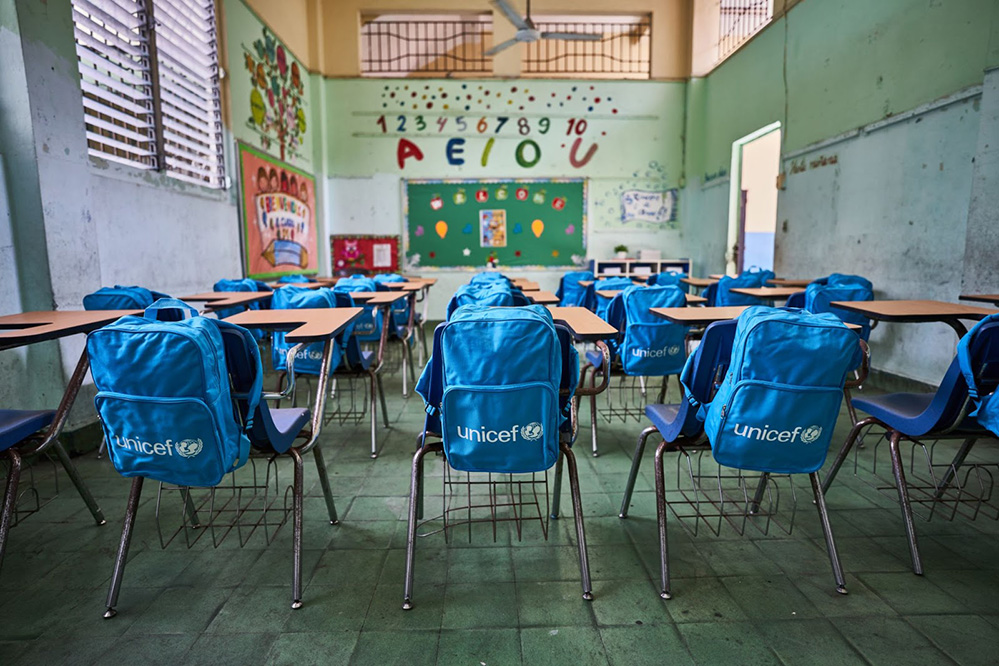
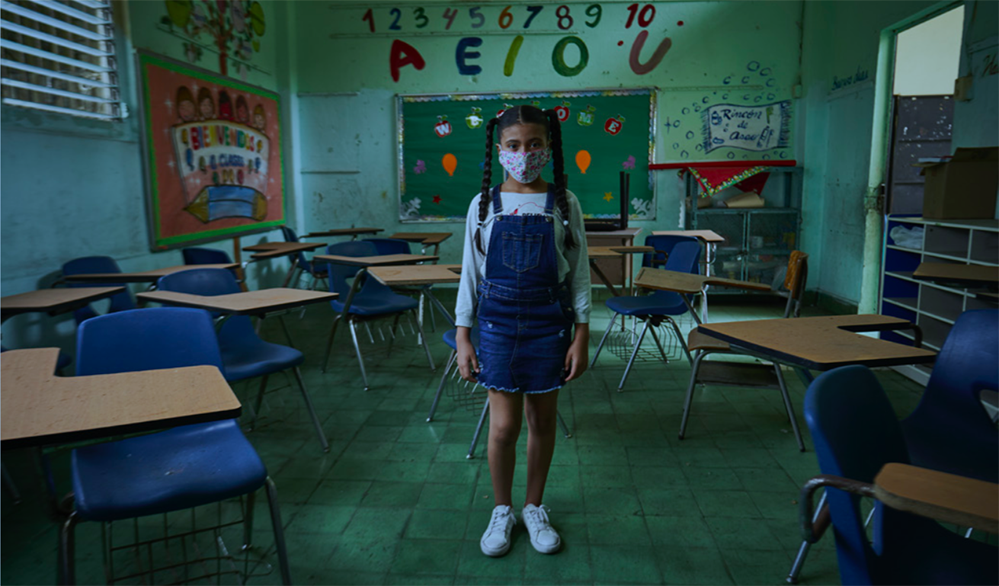
Cameroon
Across the Atlantic, the pandemic classroom was constructed in Cameroon. Schools were fully closed for 77 days and partially closed for 40 days in Central and West Africa.
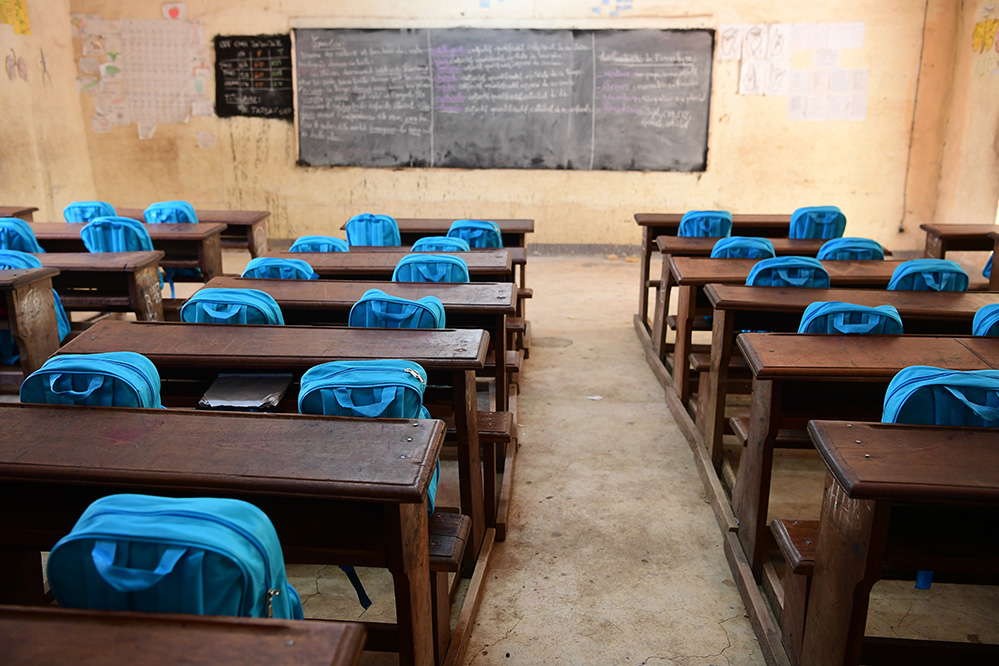
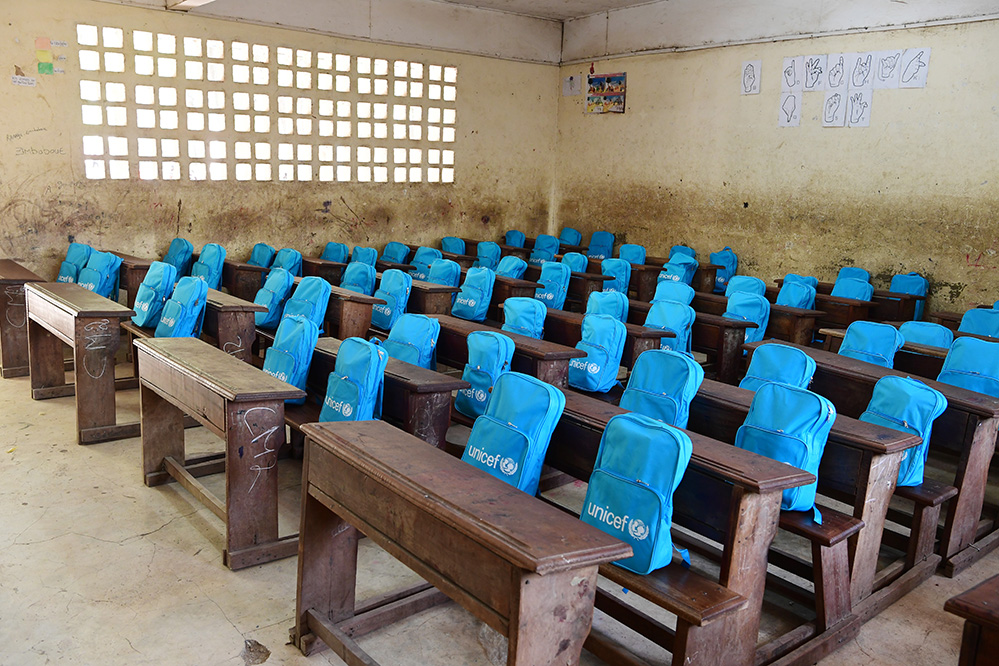
Côte d’Ivoire
The symbolic reminder of the COVID-19 education crisis was also brought to Côte d’Ivoire in West Africa.
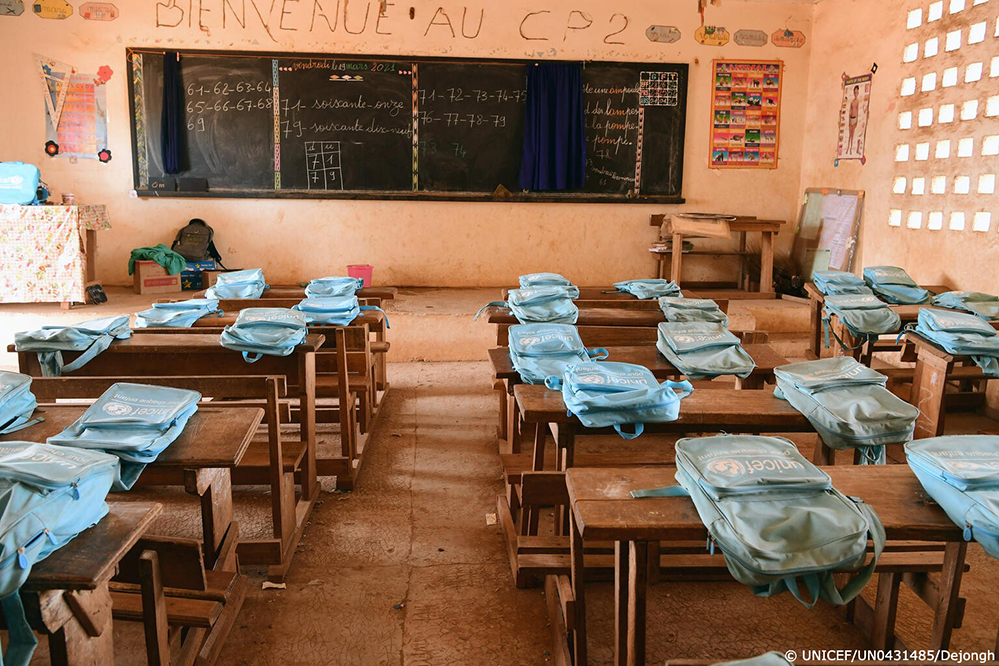
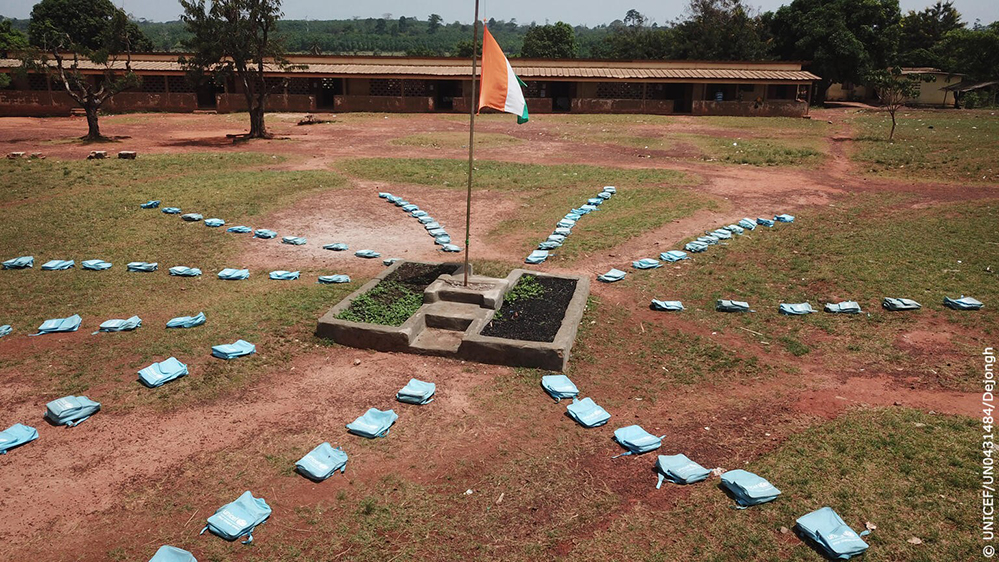
Jordan
More recently, a UNICEF video showed a joyful student at a refugee camp in Jordan on her way back to school in early May:
Lead Image: Chris Farber / UNICEF / Getty Images
Get stories like these delivered straight to your inbox. Sign up for The 74 Newsletter

